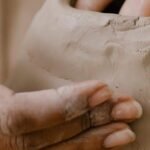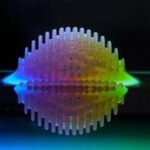
April 01, 2025
1 min read
Key takeaways:
- In patients with posterior capsule rupture, 60% of cases occurred during the stage of phacoemulsification.
- The timing of rupture is likely affected by the presence of anterior capsule tears.
ATHENS, Greece — Posterior capsule rupture is most likely to occur at the stage of sculpting or quadrant removal, is affected by the presence of anterior capsule tears and influences where to implant an IOL, according to a presenter.
“Although we have quite a good handle of the preoperative and intraoperative risk factors for [posterior capsule rupture], there’s quite limited literature to help us understand when it occurs during cataract surgery,” Akshay Narayan, MBBS, said at the ESCRS winter meeting.

The timing of rupture is likely affected by the presence of anterior capsule tears.
A retrospective study at Moorfields Eye Hospital in London looked at all cataract surgeries that had been complicated by posterior capsule (PC) rupture in the previous 5 years. A total of 1,042 eyes were included. Cataract surgery was divided into six stages: hydrodissection, phacoemulsification, irrigation and aspiration, lens implantation, removal of viscoelastic and wound hydration.
“We found that in 60% of the patients, the PC rupture occurred during phacoemulsification. This included sculpting, cracking, chopping and segment removal,” Narayan said.
In a lesser proportion, around 25%, PC rupture occurred during irrigation and aspiration, IOL implantation (9%) and removal of viscoelastic and hydrodissection (5%).
A significant difference in the timing of PC rupture was found depending on the presence (155 eyes) or absence (887 eyes) of an anterior capsule (AC) tear.
“In the eyes where there was an AC tear, the highest proportion of PC ruptures occurred during the earlier stages, and in those without an AC tear, there was PC rupture during the later stages of cataract surgery,” Narayan said.
The presence or absence of AC tears alongside PC rupture affected the choice of where to implant the IOL. Aside from implantation in the sulcus, which was the most common choice in both cases, 30 eyes with AC tears were left aphakic, while in eyes without AC tears, the most common alternative choices were sulcus implantation with haptic capture (184) and implantation in the bag (110).











